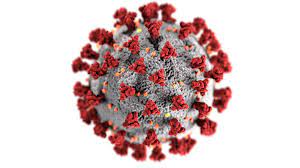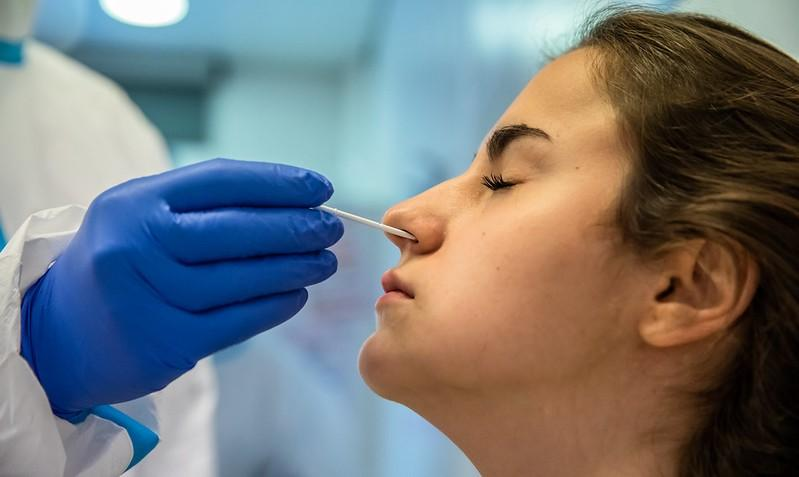Are PCR tests better than lateral flow tests (LFTs)?
In this article, we we answer the question, which is better, lateral flow test or PCR test.

Both PCR tests and LFTs identify people when they are at their most infectious, typically 4 to 10 days after contracting the virus.
But they have a different function. The purpose of the PCR test is to confirm the diagnosis, since it is a more accurate test than the lateral flow test.
And PCR tests are much more sensitive than LFTs at the beginning and end of the infection timeline, but they are broadly comparable in the middle of the timeline.
So. Neither is better (or worse). They have different roles, which we will now describe.
How are COVID-19 LFT and PCR tests done?
For both, a swab (similar to a long Q-Tip) is used to collect a sample from the nose or throat.

COVID-19 nasal sampling: for LFT and PCR
Why is a COVID-19 LFT test done?
A LFT test is an ‘antigen test’. It is a quick reliable (but not perfect) test for COVID-19. This is why it is done.
In other words it is used as a first simple test for COVID-19. It has the advantage of being able to be done in 10 minutes at home (but is less accurate) – and is cheap.
Similar to a pregnancy test, one line on the test card means negative, and two lines means positive.
When an LFT is negative, a false negative test should be considered. And if COVID-19 is still likely, an additional more accurate PCR performed.
Why is a COVID-19 PCR test done?
If it is necessary to definitely confirm (or refute) the result of a LFT test (or when a false negative is considered), a more reliable COVID-19 polymerase chain reaction (PCR) test should be done.
PCR is the most reliable and accurate test for detecting active COVID-19 infection. This is why it is done.
Although more accurate, it has the disadvantage of needing to sent to the lab, and it sometimes takes 2-3 days to get the result. They are also quite expensive.
Summary
We have answered the question, which is better, lateral flow test or PCR test. Neither. They have different roles. We hope it has been helpful.

